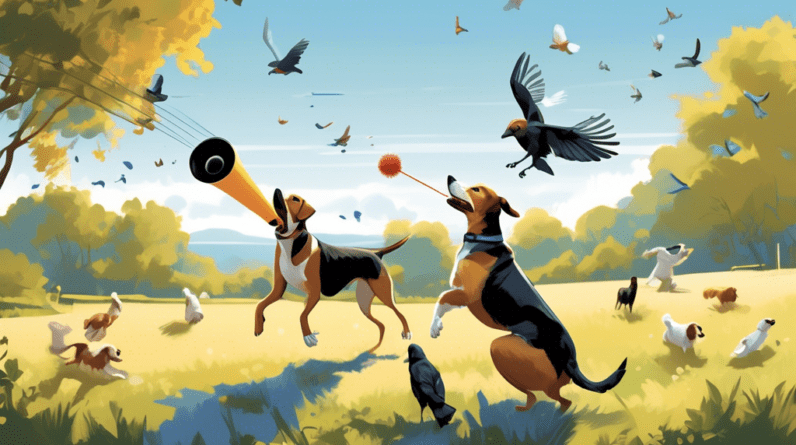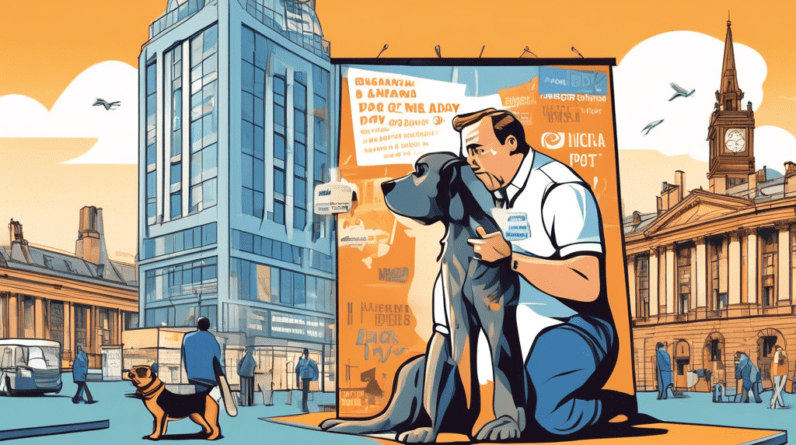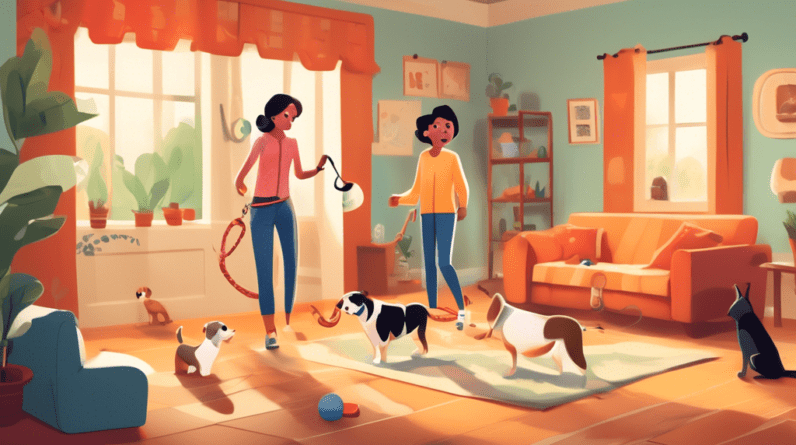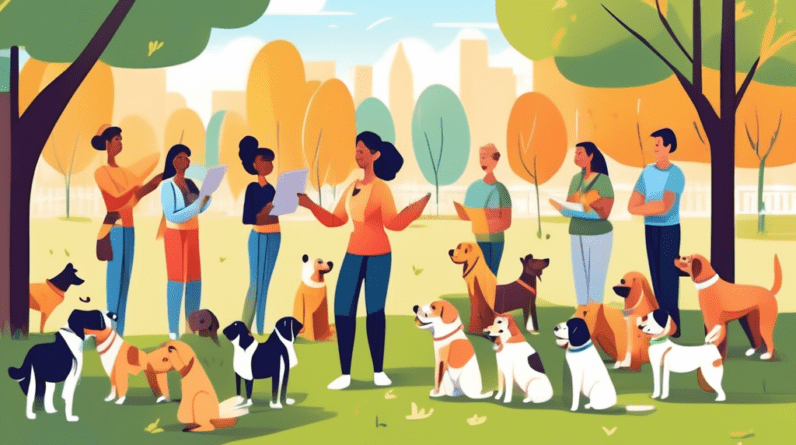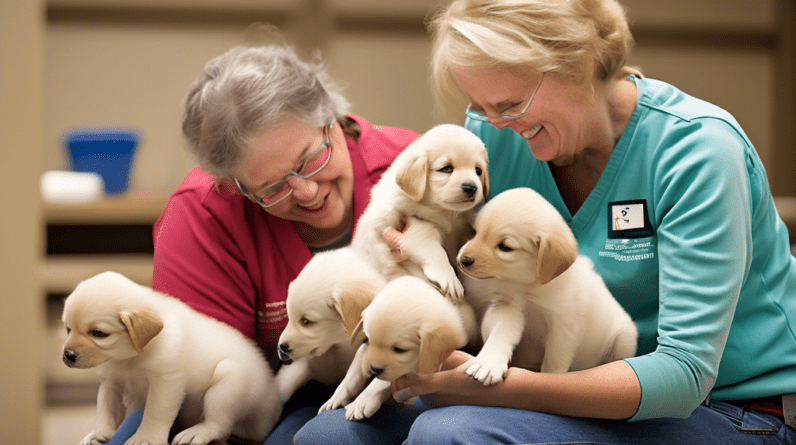
For generations, the prevailing wisdom in dog training emphasized dominance theory. This approach advocated for establishing oneself as the alpha within the household, often through physical corrections and assertions of power. However, modern canine behavioral science has debunked many aspects of this theory, revealing a far more nuanced understanding of dog behavior and the human-animal bond.
Understanding Dominance in the Canine World
Dominance, in the true canine sense, is a fluid and contextual concept. It’s not about a rigid hierarchy where one individual perpetually holds sway. Instead, it’s about resource access in specific situations. For example, a typically submissive dog might display dominant behaviors, like guarding a high-value chew, when they perceive a threat to that resource.
Importantly, dominance within a dog pack, or indeed within a human-dog household, is not established through force or intimidation. It arises naturally from the individual personalities, communication styles, and relationships within the group. Attempting to assert dominance through physical means can damage the trust and bond you share with your dog, leading to fear, anxiety, and potentially aggression.
The Power of Positive Reinforcement
In contrast to outdated dominance-based methods, positive reinforcement focuses on rewarding desired behaviors. This approach is not only more effective but also fosters a loving and respectful relationship with your dog.
Here’s how it works:
- Identify the desired behavior: For instance, sitting calmly when greeting people.
- Mark the behavior: Use a clear verbal cue (Yes!), a clicker, or a hand signal.
- Reward immediately: Offer a high-value treat, praise, or a favorite toy.
By consistently rewarding desired behaviors, you’re teaching your dog what you want them to do in a clear and positive manner. This approach builds their confidence, strengthens your bond, and makes training an enjoyable experience for both of you.
Leadership Through Trust and Guidance
Building a strong relationship with your dog doesn’t require you to be an authoritarian figure. Instead, aim to be a benevolent leader, providing clear guidance, structure, and a sense of security. This can be achieved through:
1. Consistent Routine:
Dogs thrive on predictability. Establish a daily routine for feeding, walks, playtime, and training sessions. This provides them with a sense of security and helps manage their energy levels, reducing the likelihood of unwanted behaviors stemming from boredom or anxiety.
2. Clear Communication:
Dogs communicate primarily through body language. Learn to understand their signals and respond appropriately. For example, a wagging tail doesn’t always signify friendliness; it can indicate excitement or anxiety. Pay attention to the context and other body language cues.
3. Setting Boundaries:
Having rules and boundaries isn’t about being dominant; it’s about providing structure and safety. Decide what’s allowed and not allowed in your home—for instance, whether your dog is allowed on furniture or in certain rooms. Communicate these boundaries clearly and consistently.
4. Mental and Physical Enrichment:
A bored dog is more likely to engage in destructive or attention-seeking behaviors. Provide your dog with ample opportunities for mental stimulation through training, puzzle toys, and interactive games. Regular physical exercise is equally crucial for burning off energy and promoting overall well-being.
Affection: The Cornerstone of the Bond
Some proponents of dominance theory warn against showing affection, claiming it undermines your authority. This couldn’t be further from the truth. Affection, expressed through petting, cuddling, or simply spending quality time together, is vital for strengthening the human-animal bond.
When your dog feels loved and secure, they’re more likely to trust your guidance and follow your lead. They see you as a source of comfort and support, not as a threat to their position. This trust forms the foundation of a harmonious relationship, facilitating training and cooperation.
The Verdict: A Resounding Yes to Affection and Leadership
The notion that you must choose between affection and leadership with your dog is a false dichotomy. In reality, the most successful and fulfilling relationships are built on a foundation of mutual respect, trust, and love. By focusing on positive reinforcement, clear communication, and providing a nurturing and enriching environment, you can be both a loving guardian and a confident leader to your canine companion.
Embracing Modern Training Methods
The shift away from dominance-based training reflects a broader movement in our understanding of animal behavior and welfare. By embracing science-based, positive reinforcement methods, we can cultivate stronger, more fulfilling relationships with our dogs. This approach not only benefits our furry friends by promoting their emotional well-being but also enriches our lives through the joy and companionship that a well-adjusted dog brings.
Remember, every dog is an individual, and what works for one might not work for another. Patience, consistency, and a willingness to understand your dog’s unique personality are key to successful training and a truly harmonious relationship. When in doubt, consulting a certified professional dog trainer or behaviorist can provide invaluable guidance tailored to your specific needs and help you and your furry friend thrive together.


